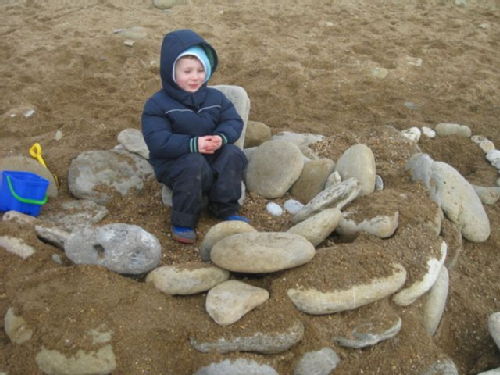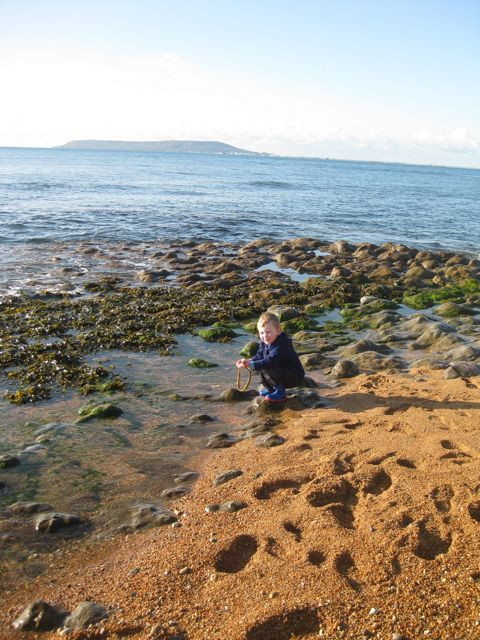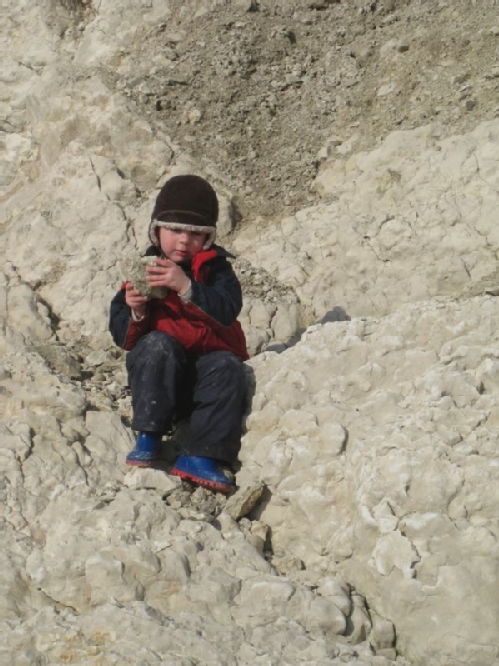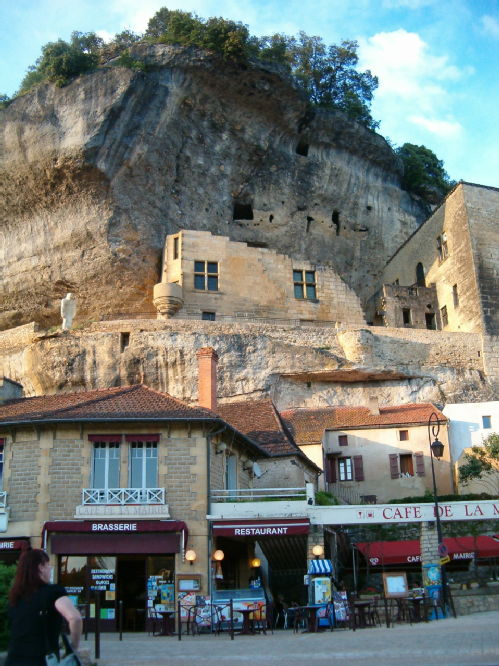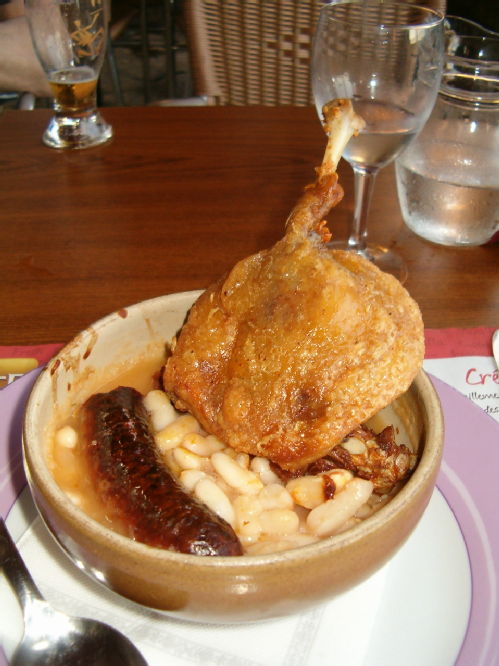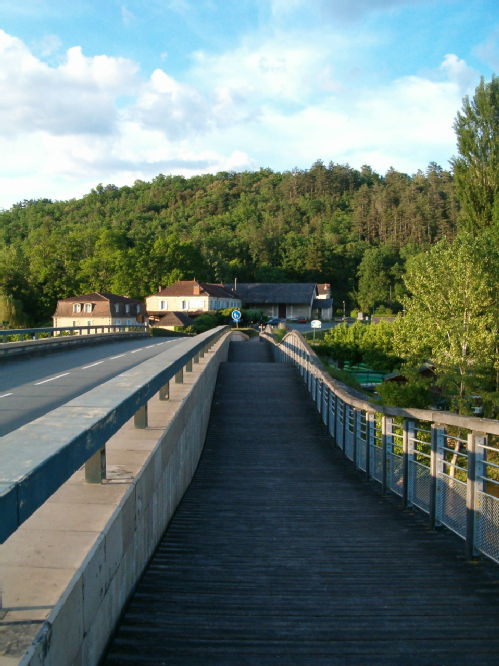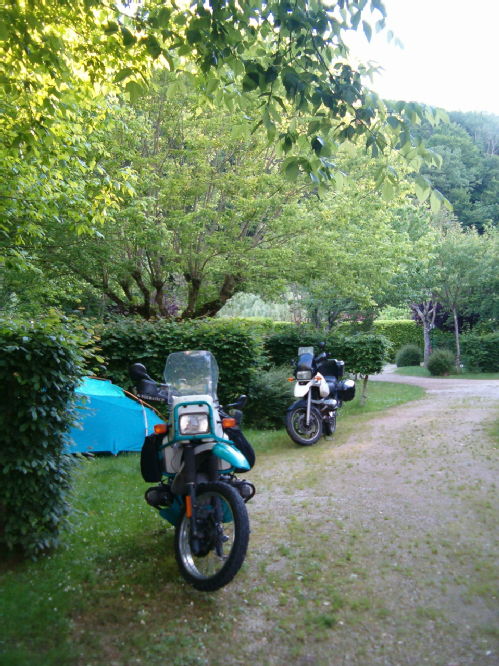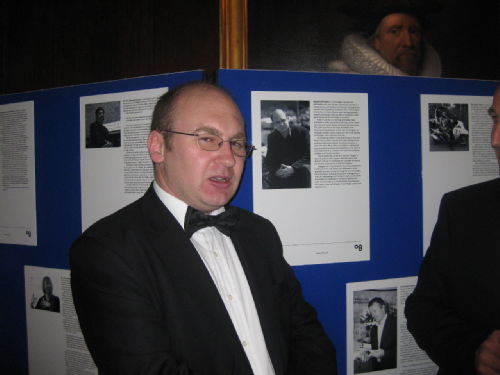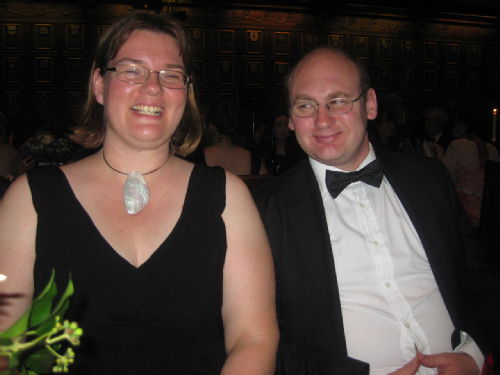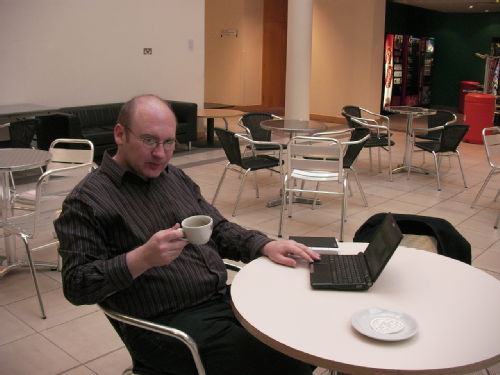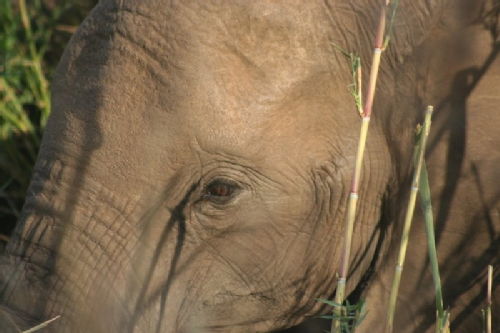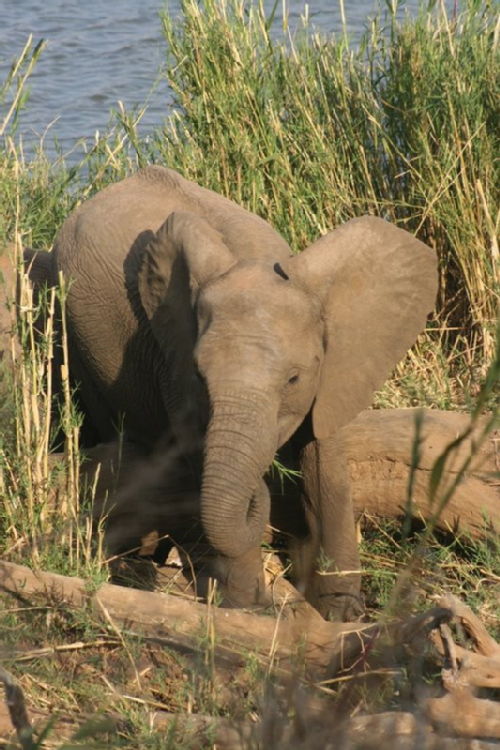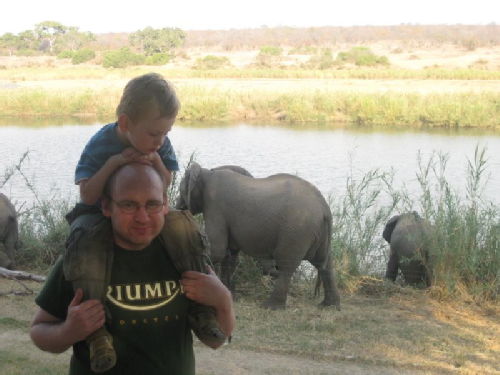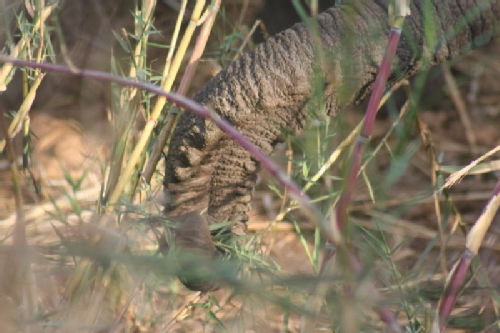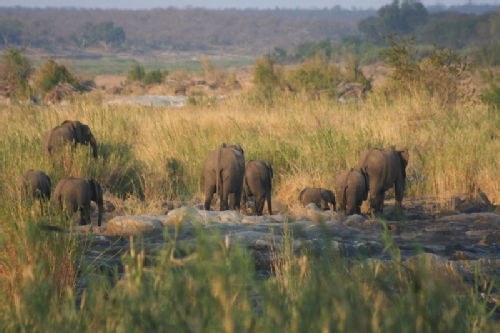In the first week of term I used the Teaching Grid experimental teaching space to teach the first session of a design and communications skills module. Having found a traditional IT training room to be inappropriate for such a session, I was keen to explore alternatives.
The International Design and Communication Management MA is a relatively new course, based in the Centre for Cultural Policy Studies and convened by Dr. Jonathan Vickery. It is professionally oriented, but with a strong emphasis upon the application of academic skills and theory. In the Autumn term, I teach a ‘multimedia communication’ skills module, consisting of eight two hour sessions. The core task of the module is for each students to design, create and use a personal e-portfolio. These web pages should then be maintained by each student, so as to represent their own academic and professional experience and capabilities. The e-portfolio will contribute to assessment of the student’s work, as well as performing a vital role in the process of arranging and undertaking the professional placement in the summer term. They may also be used after the course has been completed, as part of the student’s career development.
In the past, all of these sessions have been taught in conventional IT training rooms (rows of PCs facing a screen with a data projector). However, there is a significant ‘theoretical’ element to the task: a set of analytical, investigative, conceptual tools and behaviours that must be mastered in order to create an effective design within the given constraints: the students must learn to think and act as design and communication professionals, with the addition of a reflective academic perspective. The traditional IT room is unsuited to these more challenging aims. To effectively acquire and practice these skills, the students should be able to:
- frequently present their designs to each other for feedback, engage in creative processes, such as drawing on whiteboards, conducting interviews, acting out scenarios;
- seek mutual confirmation of understanding, especially when undertaking complex tasks and using abstract concepts;
- exhibit the products of the design process for peer (simulated client) review (in the last session).
The environment in which this happens must enable the students to behave as:
- design and communication professionals;
- investigative, reflective academics.
The high proportion of students with English as a foreign language also makes such collaborative working valuable. However, with many of the students coming from the tradition of didactic content transmission, establishing the required practices and attitudes is problematic. I actively resist being drawn back into a traditional lecture mode, and am therefore keen to use an environment that strongly supports active, investigative, collaborative learning. However, given the steep multi-dimensional learning curve that is required, I must also be sensitive to the need to continually provide clear models of the many new and challenging behaviours that I demand from the students. There is therefore a tension between encouraging student beahviour of the kind described above, and the need to continually provide clear exemplars. To address this conflict, I use online tools and a ‘hub-and-spoke’ classroom working arrangement.
The online tools are constructed from a combination of resources that can be used independently at any time, and a session plan (on a single web page) putting some of these resources into context and setting challenges to the students, the solutions to which may use the resources. The session plan web page was used throughout the session, both by me at the central ‘hub’ location, and by the students in small groups as they dispersed into the ‘spokes’. In the first session, the resources included a 7 minute video of a discussion between myself and Jonathan Vickery (explaining the purpose of the sessions), as well as an extensive glossary of key design and communication terms, relevant to the many issues that the students must consider.
The ‘hub and spoke’ physical organisation aims to provide a central location at which new ideas and practices can be introduced and modelled (hub), and a series of student team workareas (spokes) at which small groups of students can work indepedently to experiment and apply what they have seen. For this to work effectively, it should be easy to bring the focus of the session back from the spokes to the hub. It should also be possible to invite students to bring their work from the spokes to the hub and demonstrate it back to the rest of the class. A further possibility is for students from one spoke to visit students in another spoke.
In searching for a more appropriate learning space in which this could take place, I based the first session in the Teaching Grid experimental teaching space. The final session, in which the students will exhibit their e-portfolios, will return to the Teaching Grid, with the intervening sessions taking place in a traditional IT training room. It would have been preferable to hold the first two sessions in the Teaching Grid, allowing the more challenging activities to be undertaken in a longer time, however, the room was not available.
The space available to us in the Teaching Grid does not completely support the ‘hub-and-spoke’ learning design when used with 25 students. Using glass and curtain partitions, it can be divided into four small spaces each capable of accomodating six students with a laptop and large screen (two spaces with LCD smart boards, two with data projectors). It also proved possible to merge two of these spaces at one end into one, so as to accomodate all 25 students. However, there is no separate ‘hub’ location that can be viewed by all four groups in situ. To reconvene all 25 students in one place required their work to be disrupted and two of the spaces to be reconfigured. I attempted to compensate for this by putting some of the hub activities into the session plan web page as text, to be used independently by the students in the spoke locations. This is obviously a much less effective, less personal, less flexible, less controlled approach than demonstrating from the hub position: seriously detrimental to the effectiveness of the session.
The session was divided into three segments, intended to last around 40 minutes each. In the first segment, with the students gathered into a double work space and facing a large screen, I introduced the module web site, the glossary, and the session plan page. I then played the introductory video. This worked well, being a relatively conventional activity. We then spent a short time diviiding into groups using a voluntary method. It would have been better to have had the groups pre-assigned, and better still to have had the students already seated in their groups at the spoke locations all viewing the central hub.
The second segment was much more challenging, with each group being given the task of working through sequences of glossary terms, and then applying those terms to their own e-portfolio design process. The new Sitebuilder glossary system worked wonderfully, allowing me to quickly build a resource to which we we return constantly during the module. Modelling from the central hub would have made a significant difference to this series of difficult tasks. I was able to easily walk between groups to offer additional support, but found myself to be repeating explanations for each group.
Finally, each group was tasked with designing an e-portfolio for a client (me). They were able to get paper and pens, and had access to the computers for researching the client. Some students tried to use the electronic whiteboard but struggled. Other students used to video cameras that I provided (Sanyo Xacti HD) to interview the client. The final presentations were caried out in one of the spaces, with students able to watch from the space outside. This was entirely paper based. Given more time, it would have been better for the students to create a digital presentation combining video, audio, text and images. Stretching the activiites over two weeks would have enabled this.


 Robert O'Toole
Robert O'Toole

 Please wait - comments are loading
Please wait - comments are loading


